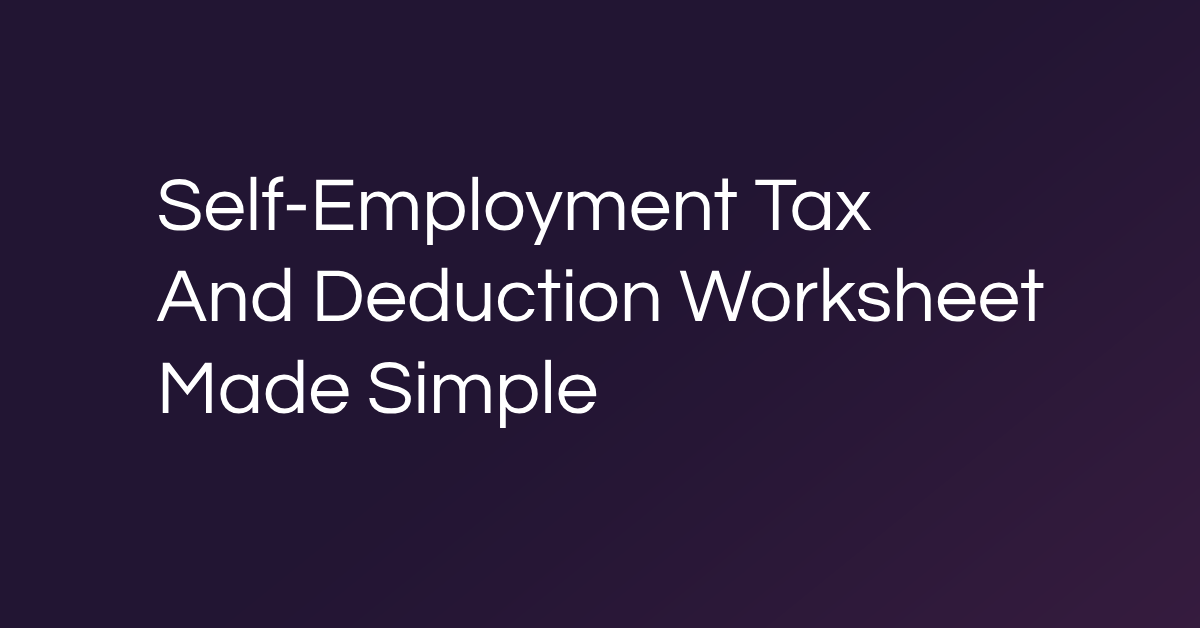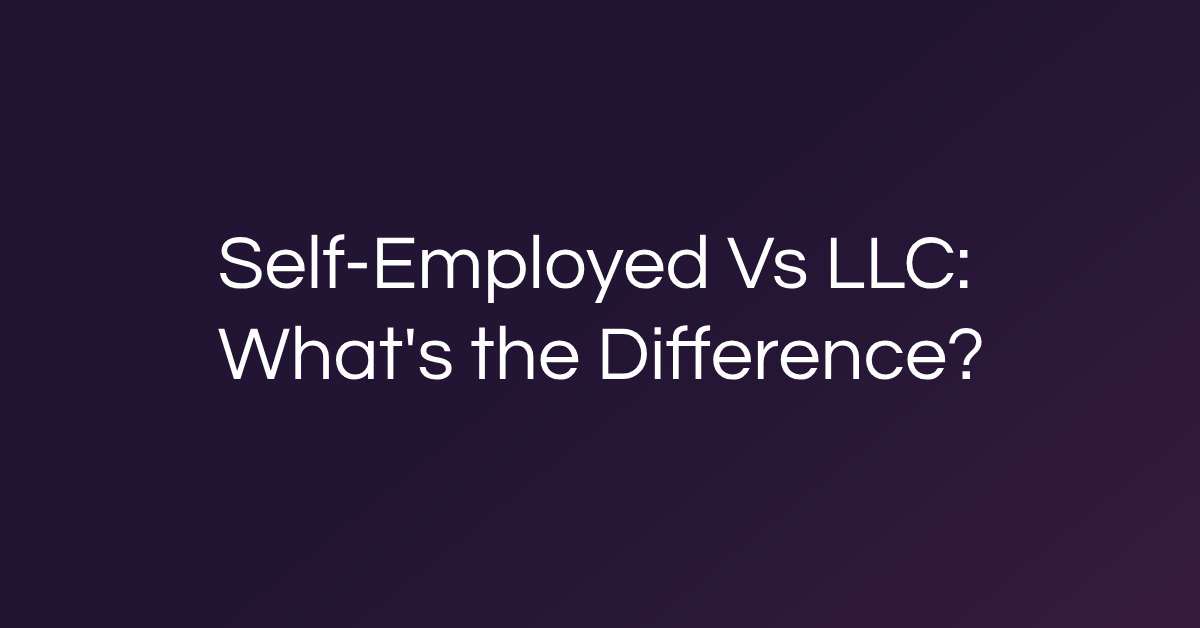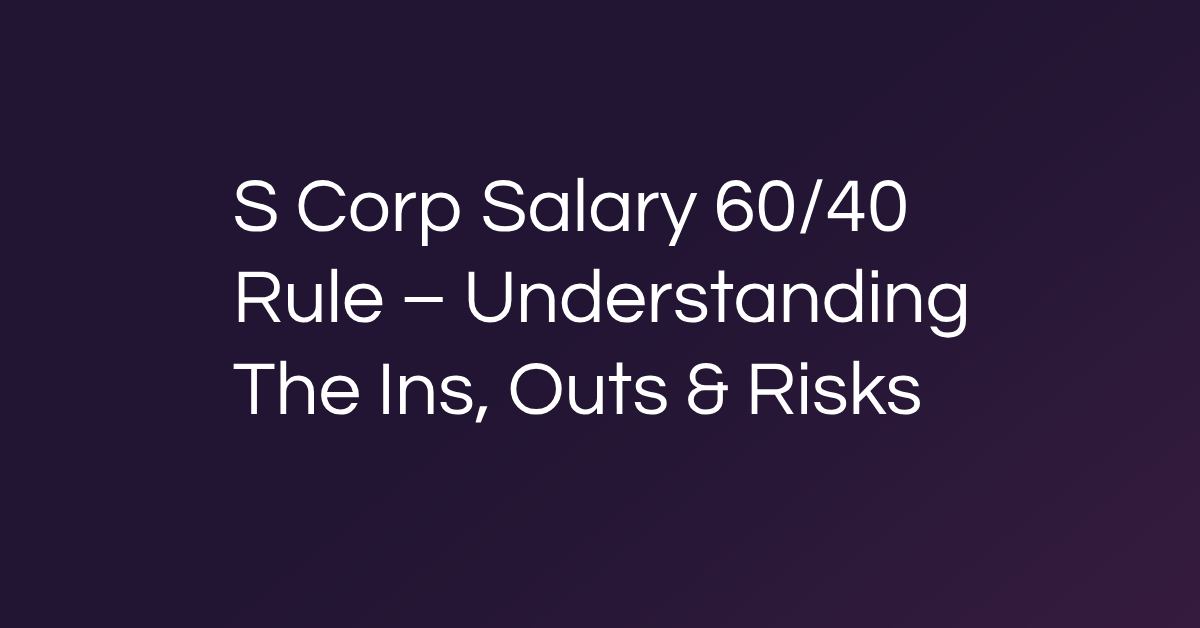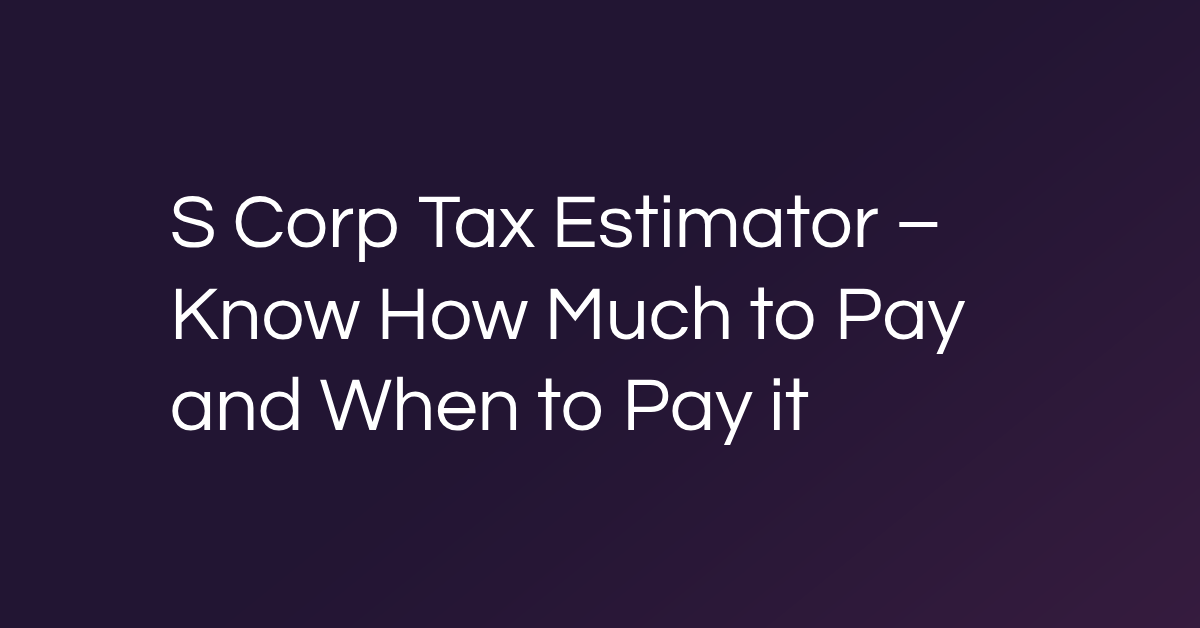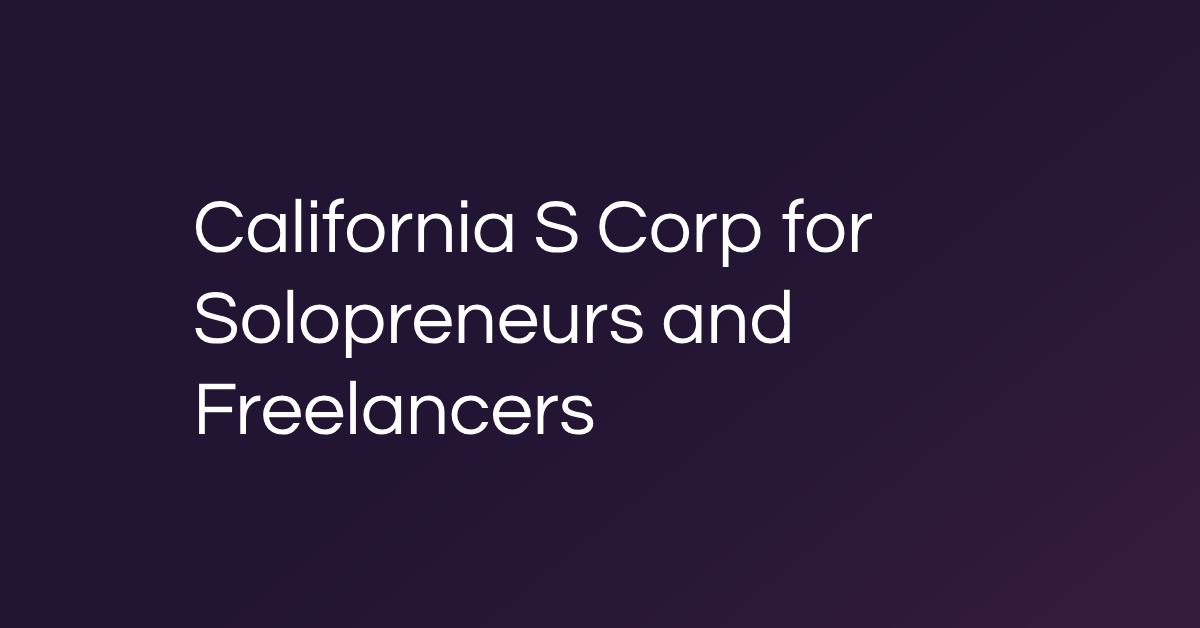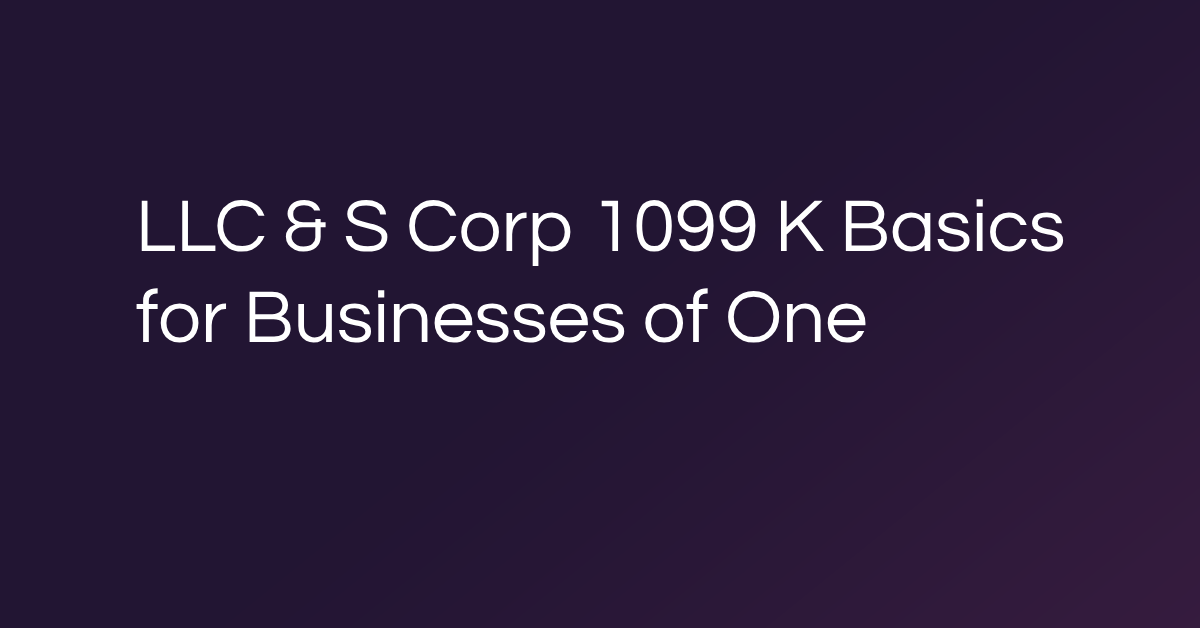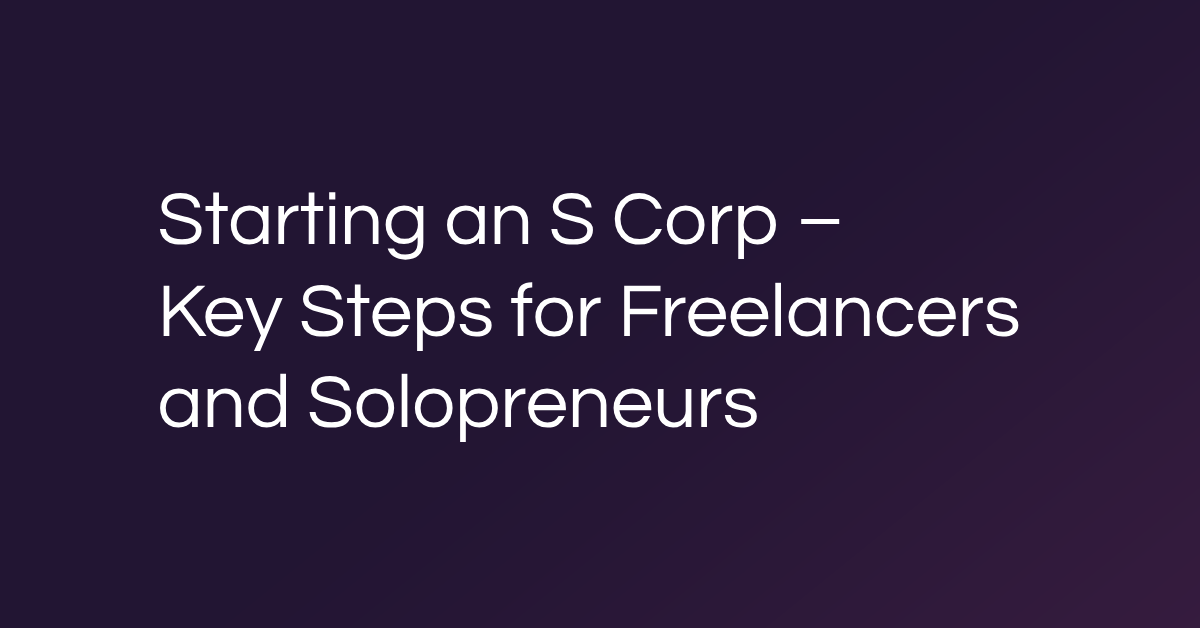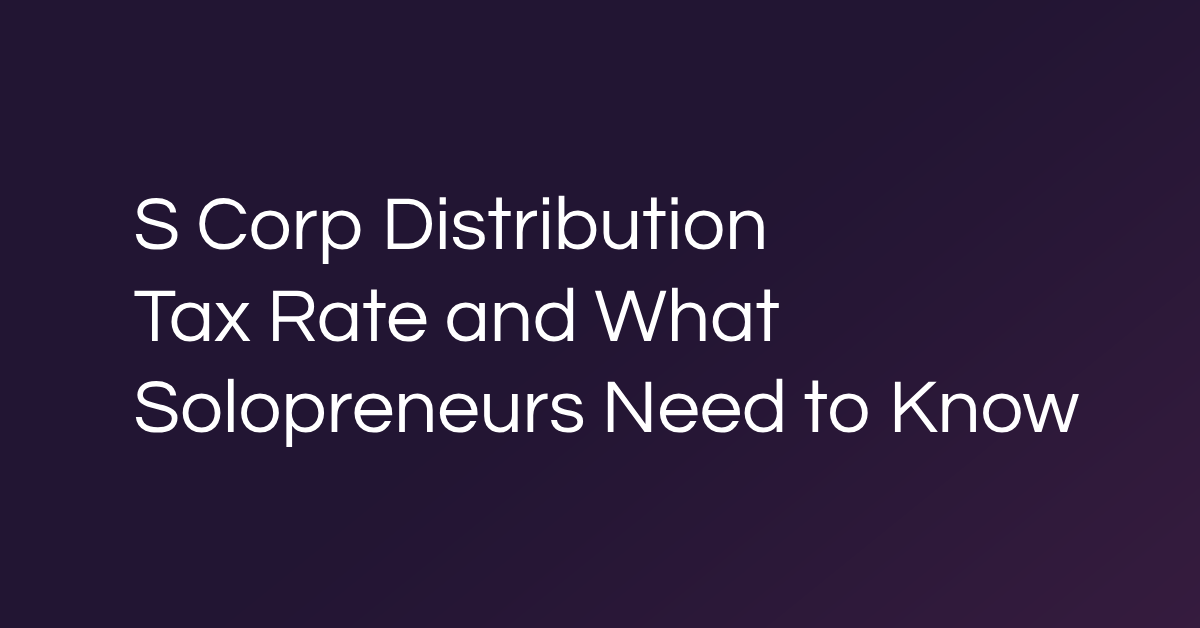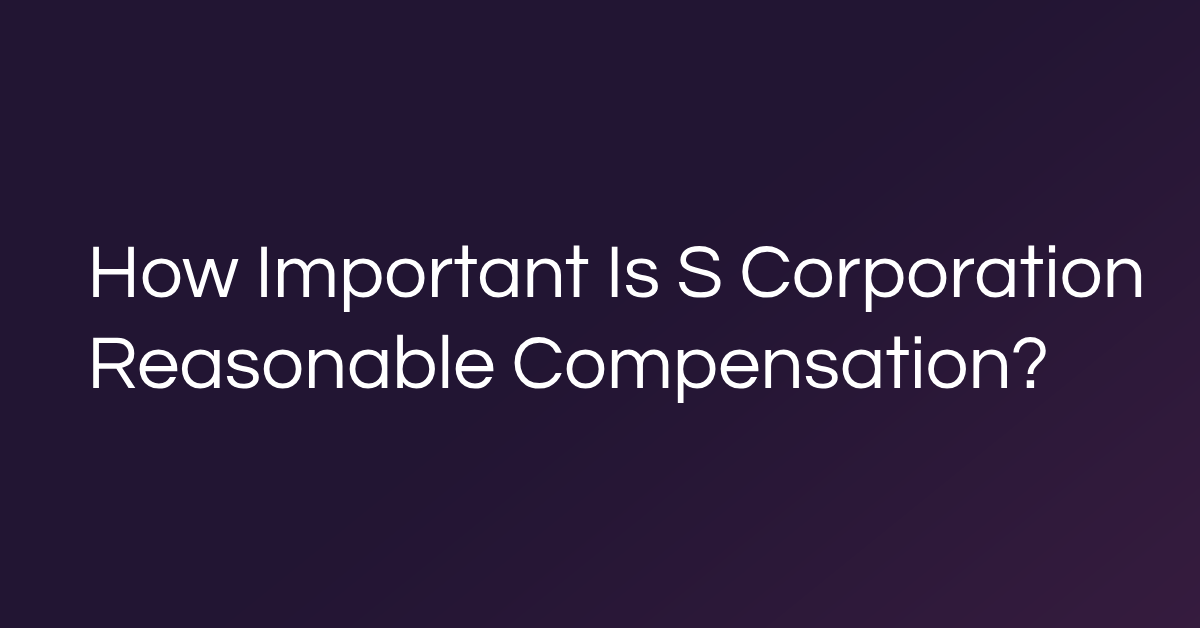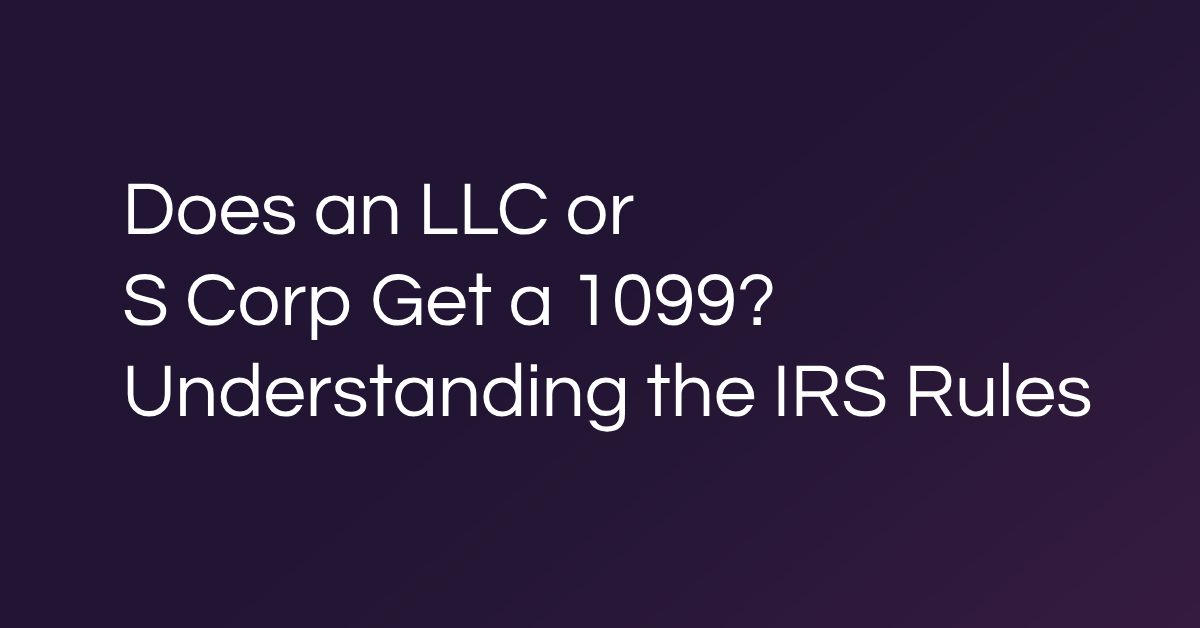When you work for yourself, taxes don’t follow the W-2 playbook. You have more control over reporting income, tracking deductions, and planning ahead—if you know how to use it.
Understanding self-employment tax and building a smart deduction system helps you keep more of your earnings. Instead of reacting at tax time, you can take charge year-round with a repeatable approach that supports real growth.
Understanding self-employment tax
Self-employment tax is what you pay in place of the payroll taxes normally withheld by an employer. It covers Social Security and Medicare contributions—both the employee and employer portions—and applies to your net business income once you pass a certain threshold.
Covers Social Security and Medicare
When you’re self-employed, you’re responsible for paying 15.3% of your net earnings toward federal self-employment tax. That includes:
- 12.4% for Social Security
- 2.9% for Medicare
Social Security and Medicare taxes apply differently for self-employed individuals, including thresholds and how to calculate your liability. So if you want to go deeper, make sure to talk with a CPA in your area (or use a Besolo CPA).
Not the same as income tax
Self-employment tax is separate from your federal and state income tax obligations. The IRS calculates it on top of what you owe based on your total taxable income, and it often catches new freelancers off guard because it is not withheld automatically.
Many solos don’t plan for it and get caught off guard
When you don’t set money aside proactively, self-employment tax becomes a surprise instead of a manageable cost of doing business. The most efficient solos calculate their tax obligations quarterly and build systems to stay ahead. Planning for it is part of running your business, not just filing paperwork.
Common business deductions for solos
Smart deductions reduce your taxable income and improve cash flow. To take full advantage, you need to know what qualifies and how to track it consistently.
Home office
If you use a space in your home exclusively and regularly for business, you may deduct a portion of your rent, utilities, and insurance. The rules for calculating home office deductions are straightforward once you choose the simplified or standard method.
Vehicle and mileage
Business travel by car is deductible, whether you track actual expenses or use the IRS standard mileage rate. Keep a log of dates, purposes, and miles driven. Personal commutes don’t qualify, but driving to meet clients, vendors, or attend work-related events does.
Health insurance
If you’re paying for health insurance, you may deduct premiums for medical, dental, and qualified long-term care coverage. But there are catches if your spouse/partner has access to employer sponsored benefints options,. Besolo’s benefits platform connects you with experts & plans designed for solo business owners.
Business insurance
Policies like liability, errors and omissions, and commercial auto are deductible. So are tools that protect your income and operations.
Retirement contributions
Solo 401(k) plans and SEP IRAs let you reduce taxable income while saving for the future. Higher contribution limits give you more room to grow tax-advantaged wealth.
How to build a deduction tracking system
The best way to maximize your tax savings is to create a system that tracks eligible expenses throughout the year, not just at tax time. Good records make your deductions defensible and your filings faster.
Required documentation by category
Every deduction category requires clear support. Common types of documentation include:
- Receipts and invoices
- Mileage logs
- Insurance statements
- Payroll and benefits records
For meals, travel, or mixed-use items, keep notes about the business purpose.
Digital vs physical receipts
Digital systems simplify access, backups, and categorization. Apps and cloud storage let you snap, sort, and search receipts easily. Paper records are acceptable, but they’re harder to organize and recover. Whichever method you choose, be consistent.
Categorization rules and software
Label expenses based on IRS-recognized categories like office supplies, advertising, insurance, and professional services. Tools like Besolo’s admin dashboard help you organize expenses, tag transactions, and create clean records—all in one place.
When your records stay up to date, tax prep becomes routine instead of reactive.
Use this worksheet to stay on track
Tracking income and deductions is easier when you rely on proven resources and build habits around them. The IRS provides forms and worksheets to help you calculate and document your self-employment taxes accurately.
IRS resources
These forms help you organize earnings and deductions:
- Schedule C for reporting profit and loss
- Schedule SE for reporting your self-employment tax
- Form 1040-ES for estimating self-employment tax
Estimated tax worksheet
If you expect to owe more than $1,000 in tax for the year, plan to make quarterly estimated payments. Many solo professionals set aside a portion of each payment and calculate upcoming tax obligations based on prior earnings and projections. Consistency is key. Build quarterly reviews into your workflow so payments don’t fall through the cracks.
Common mistakes to avoid
Watch for these red flags to avoid issues:
- Failing to separate personal and business expenses
- Misreporting mileage or home office use
- Missing quarterly payments or underestimating your tax liability
Strong tracking prevents surprises and sets you up for confident filing.
Planning for tax time to avoid penalties
Self-employment taxes shouldn’t be a last-minute surprise. The most effective solos plan proactively, timing deductions, setting aside funds, and using tools that keep everything organized.
Time deductions strategically
Some expenses can be accelerated or delayed depending on your cash flow and income projections. If you’re nearing a higher tax bracket or planning large purchases, timing can impact what you owe and when.
Set aside quarterly payments
Set aside a portion of each payment you receive to avoid penalties and interest. Many solo professionals aim for 25–30% of net income to cover self-employment and income tax.
Besolo helps automate compliance, quarterly tax prep, and planning
Staying on top of taxes gets easier with the right systems. Besolo’s tax tools are built for solos, helping you:
- Forecast and set aside quarterly payments
- Track deductions automatically
- Avoid missed filings and penalties
When you stop reacting and start planning, tax season becomes another part of your business rhythm, not a disruption.
Take control of your tax season
You run a real business. Your tax strategy should reflect that. With the right tools, tracking deductions and planning for self-employment tax becomes part of how you operate, not a seasonal scramble.
Besolo’s Self-Employment OS gives you the structure to stay compliant, save more, and grow with confidence.
Start now—so tax season works for your business, not against it.

